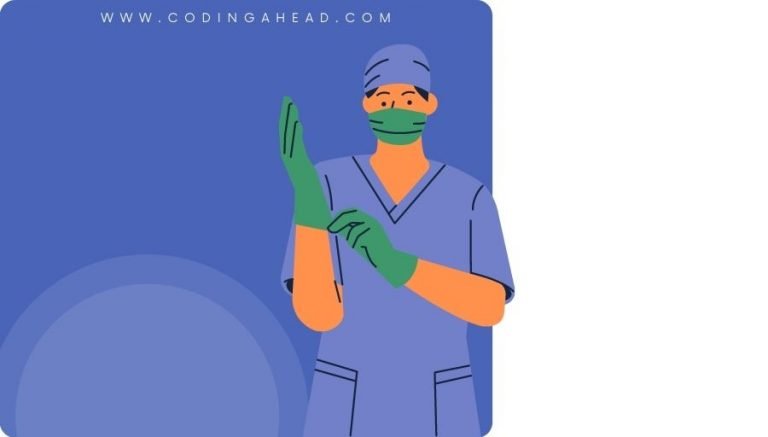How To Use CPT Code 32151
CPT 32151 describes a surgical procedure that involves the removal of a foreign body from the patient’s lung through a thoracotomy incision. This article will cover the official description, procedure details, qualifying circumstances, appropriate usage, documentation requirements, billing guidelines, historical information and billing examples.
1. What is CPT Code 32151?
CPT 32151 is a code used to describe a surgical procedure in which a qualified healthcare provider removes a foreign body from a patient’s lung. This procedure involves making an incision in the thoracic cavity to gain access to the organs within, including the heart, lungs, esophagus, thoracic aorta, and anterior spine. The provider may perform a major thoracotomy, using either a posterolateral or anterolateral approach, depending on the specific case. The incision is made to remove the foreign body and may be widened with rib spreaders if necessary.
2. Official Description
The official description of CPT code 32151 is: ‘Thoracotomy; with removal of intrapulmonary foreign body.’
3. Procedure
- The patient is appropriately prepped and anesthetized for the procedure.
- The provider makes an incision in the thoracic cavity, either using a posterolateral or anterolateral approach.
- The incision provides access to the internal chest tissues, including the lungs.
- The provider identifies and removes the foreign body from the patient’s lung.
- If necessary, one or more chest drains may be placed to re-expand the lungs and allow for drainage of air, blood, or fluid.
- The provider closes the incision in layers, typically using stitches.
4. Qualifying circumstances
CPT 32151 is used when a foreign body is present in the patient’s lung and requires surgical removal. The procedure is performed by a qualified healthcare provider who has the necessary training and expertise in thoracic surgery. The patient must meet the criteria for the procedure, which may include symptoms or imaging findings indicating the presence of a foreign body in the lung.
5. When to use CPT code 32151
CPT code 32151 should be used when a qualified healthcare provider performs a thoracotomy to remove a foreign body from the patient’s lung. It is important to ensure that the procedure meets the specific criteria outlined in the code description. If the procedure does not involve the removal of a foreign body from the lung, a different code should be used to accurately report the service.
6. Documentation requirements
To support a claim for CPT code 32151, the healthcare provider must document the following information:
- Indication for the procedure, including symptoms or imaging findings
- Description of the foreign body and its location within the lung
- Details of the surgical approach used (posterolateral or anterolateral)
- Description of the procedure, including any additional steps taken
- Placement of chest drains, if applicable
- Closure of the incision and any post-operative instructions
- Signature of the healthcare provider performing the procedure
7. Billing guidelines
When billing for CPT code 32151, it is important to ensure that the procedure meets the specific criteria outlined in the code description. The provider should use the appropriate code based on the specific details of the procedure performed. It is also important to follow any additional billing guidelines provided by the payer or regulatory authorities to ensure accurate and timely reimbursement.
8. Historical information
CPT code 32151 was added to the Current Procedural Terminology system on January 1, 1990. There have been no updates or changes to the code since its addition. However, it is important to stay updated with any changes or revisions to the code in order to accurately report the procedure.
9. Examples
- A qualified healthcare provider performs a thoracotomy to remove a small metal fragment from a patient’s lung.
- A patient presents with symptoms of persistent cough and shortness of breath, and imaging reveals the presence of a foreign body in the lung. The provider performs a thoracotomy to remove the foreign body.
- A child accidentally inhales a small toy part, and the provider performs a thoracotomy to remove the foreign body from the lung.
- A patient with a history of occupational exposure to chemicals presents with respiratory distress. The provider performs a thoracotomy to remove a chemical particle from the lung.
- A patient undergoes a thoracotomy to remove a bullet lodged in the lung following a gunshot injury.


